Artist: Paul Bough Travis (American, 1891–1975)
Medium: Oil on paper
Signature: Signed and dated lower right
Dimensions:
36 in. h x 24 in. w, paper
50 in. h. x 39 in. w., as framed
Description:
In 1927, Paul Travis took a sabbatical from teaching at the Cleveland School of Art and embarked on an eight-month trek through Africa. His trip was chronicled through countless sketches, watercolors, photographs and video footage. Although Travis spent only a brief period of time in the Belgian Congo, some of the most resonant works produced during this time are the powerful depictions of the region’s native Mangbetu people, which would continue to serve as a wellspring of inspiration for the rest of his life. (Notably, the Belgian Congo’s Mangbetu people were also the subject of intrigue for Travis’s friend and colleague Viktor Schreckengost, who in 1931 cast a bronze bust in the image of the Mangbetu queen Jeddu after seeing her face in Travis’s photos and drawings.) In the forward to the CMA’s 2001 Paul Travis retrospective, Cleveland School scholar Marianne Berardi observes Travis’s stylistic evolution, citing his drawings of the Mangbetu people as evidence of a shift away from the academic style he was taught in art school (by instructor Henry G. Keller) toward a more modern, expressive approach to image making.
Travis’s work continued on the path toward abstraction after returning to Cleveland. Despite accumulating a wealth of source material during his travels, Travis wisely began to rely more on his memories of Africa. At the Cleveland Museum of Art’s 22nd Annual May Show in 1940, Travis remarked: “I think I paint better African scenes today than I did right after I came back to this country…The memory of Africa today has eliminated all except the essentials in detail as well as color.” Such is the case with his Mangbetu Woman (1948), painted with a compelling emotional urgency, even 20 years after returning from his life-changing African excursion.
See More In:
Other works by Paul Bough Travis
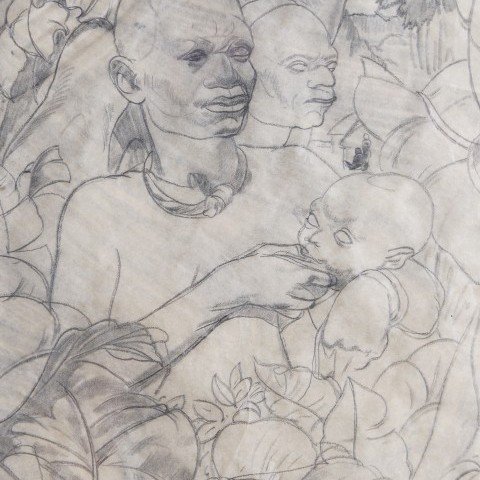
Pygmy Mother and Child, Mid-20th Century Paul Bough Travis
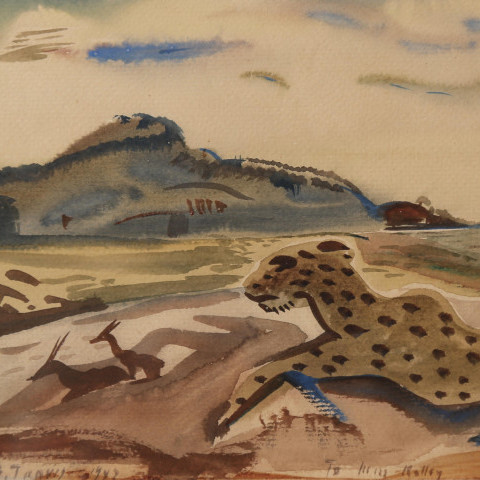
Cheetah, 1947 Paul Bough Travis
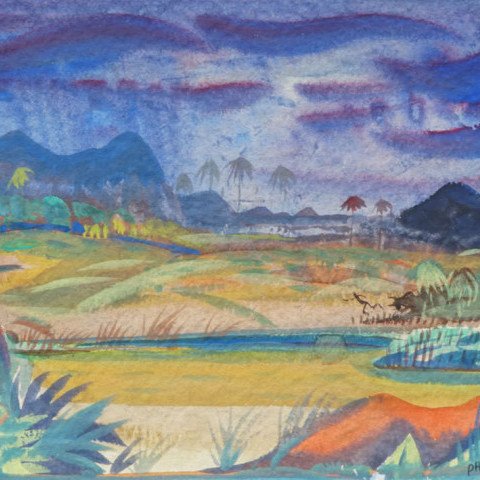
Water Hole, Tanganyika, 1956 Paul Bough Travis
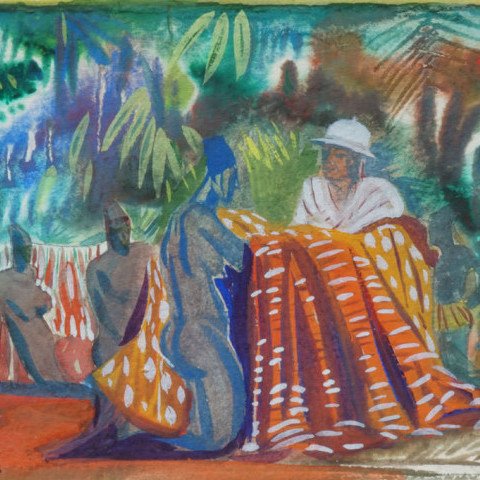
African Scene, 1956 Paul Bough Travis
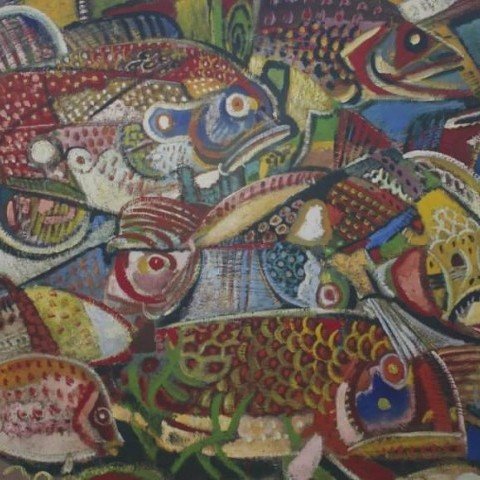
SOLD
Aquarium Paul Bough Travis
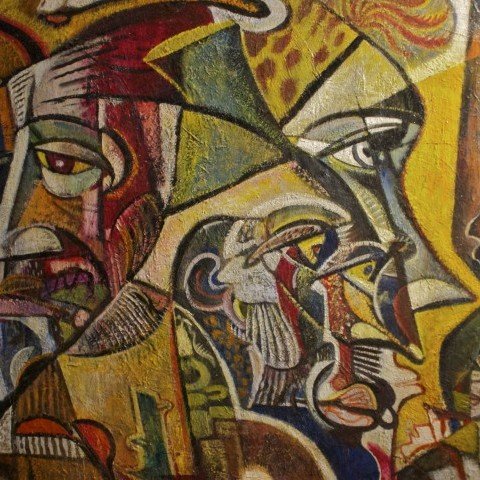
SOLD
Faces Paul Bough Travis
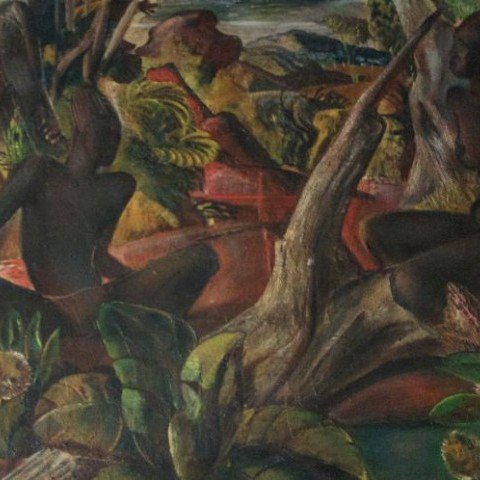
SOLD
Jungle Courting Scene Paul Bough Travis
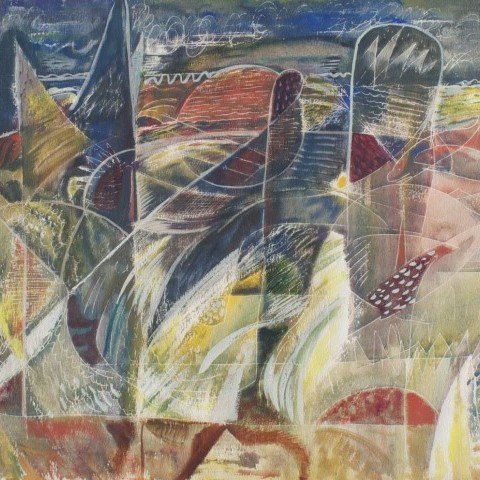
SOLD
Sea Abstractions Paul Bough Travis
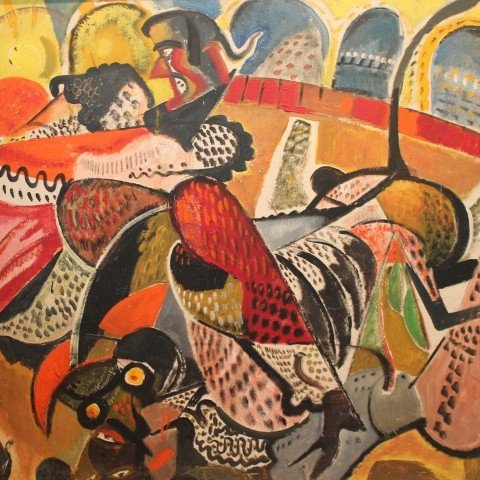
SOLD
Spanish Bull Fight Paul Bough Travis
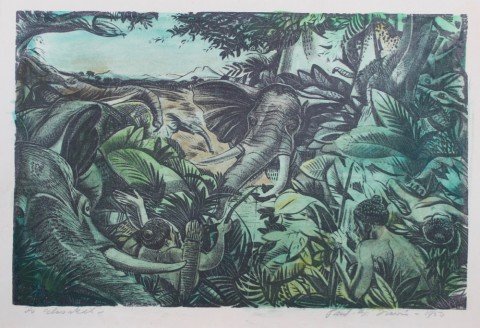
SOLD
Jungle Scene with Elephants and Native Hunters, 1956 Paul Bough Travis

SOLD
Mt. Kilimanjaro, Evening, 1929 Paul Bough Travis

SOLD
Amaryllis Flower and Landscape, 1937 Paul Bough Travis


.jpg)
.jpg)
.jpg)
.jpg)
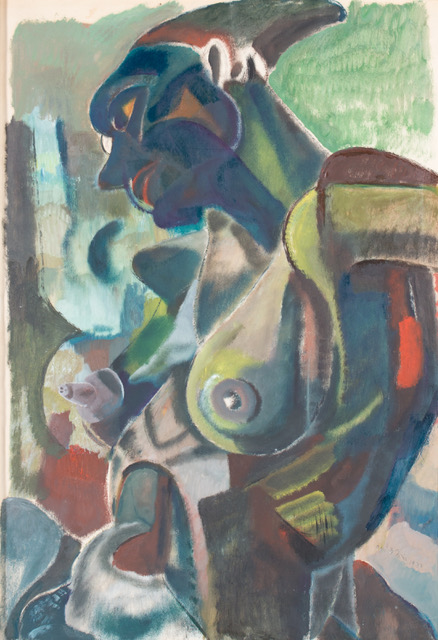
.jpg)
.jpg)
.jpg)
.jpg)